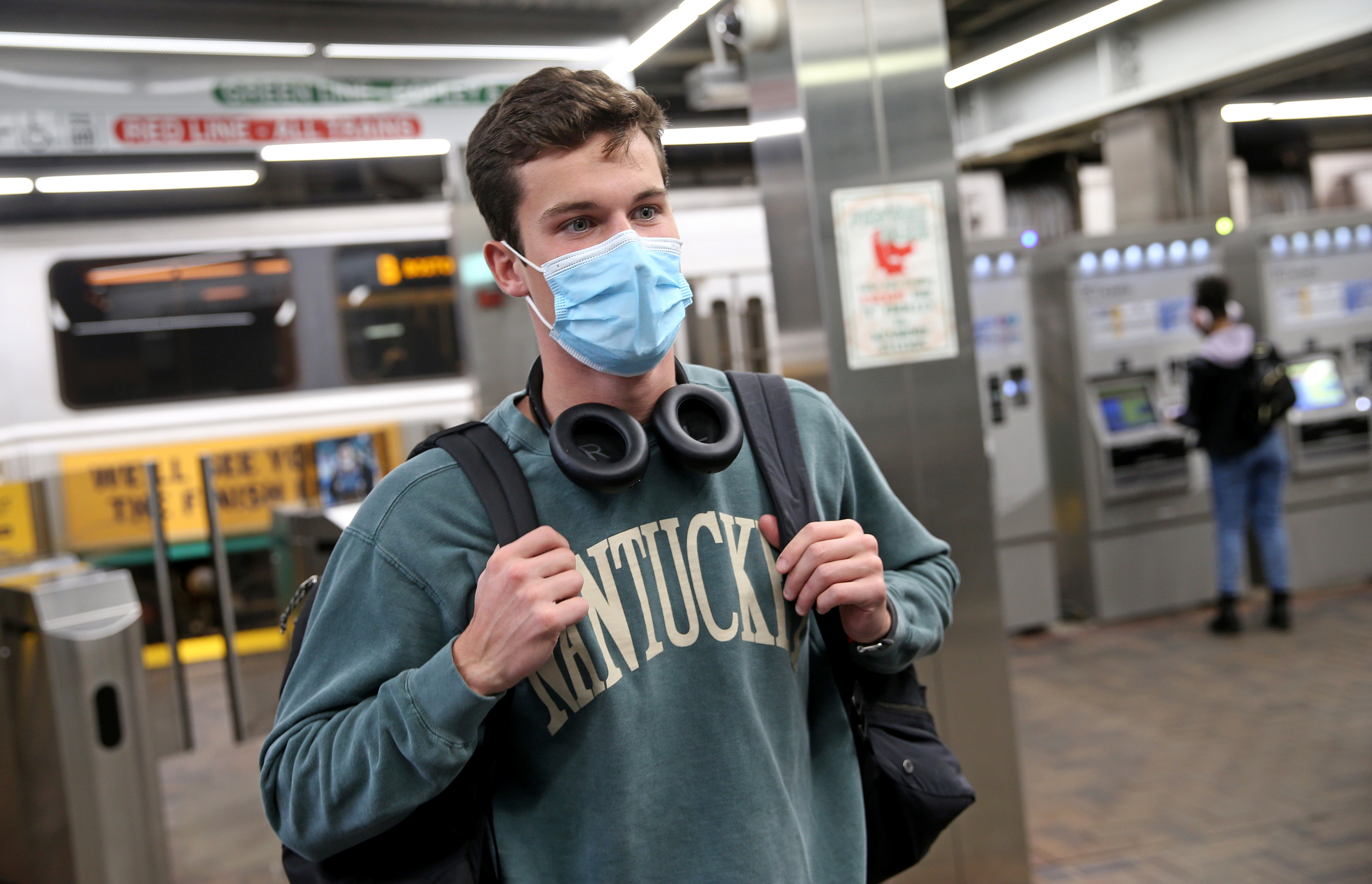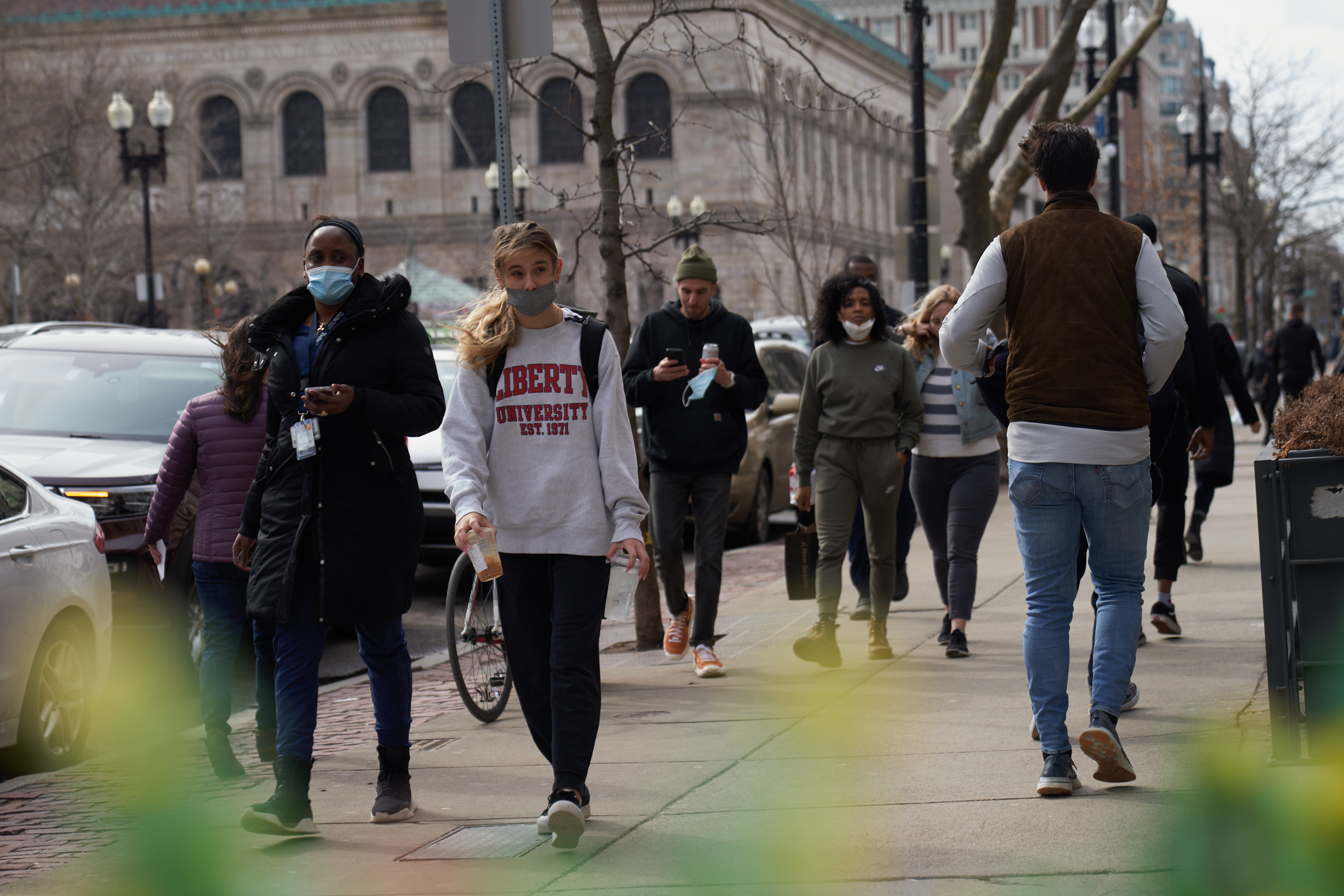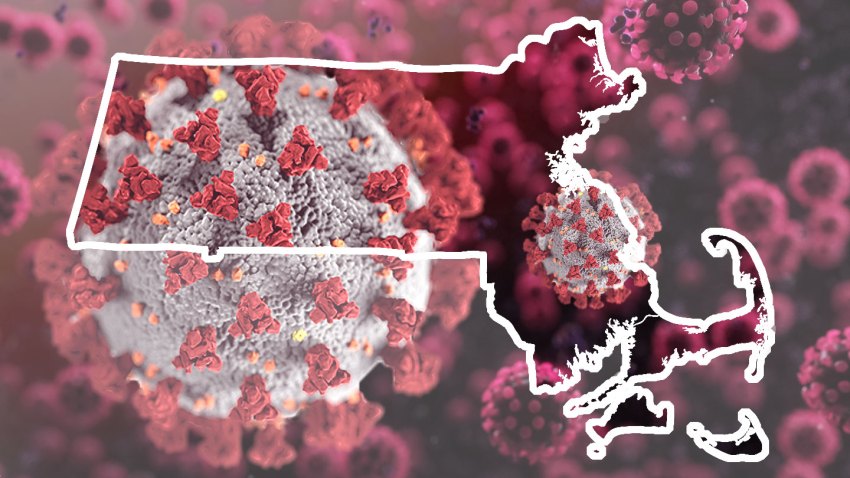COVID-19 cases are rising again in Massachusetts, and studies have shown that it can spread quickly throughout households if sick family members don't quarantine and members of the household don't wear masks.
But often, one or more members of a household will get COVID but other family members don't.
WATCH ANYTIME FOR FREE
Stream NBC10 Boston news for free, 24/7, wherever you are. |
Why is that? NBC10 Boston asked a panel of top Boston doctors during the weekly "COVID Q&A" series.
Dr. Shira Doron of Tufts Medical Center said this exact scenario has happened to her family twice since the start of the pandemic.
Get updates on what's happening in Boston to your inbox. Sign up for our News Headlines newsletter.
"My first son had COVID in January of 2021, my second had it in January of 2022, and both times the rest of our household did not get COVID despite a lot of close contact and eating dinner together and all of that," she said. "One of them was when two of us had had one shot and the other had had none because they were just starting the rollout. So it wasn't immunity or vaccination that was protective."
How does COVID spread in households?
Doron said COVID is simultaneously one of the most contagious viruses we've ever seen but is also in many ways not as contagious as some other infections like measles or tuberculosis, which are transmitted exclusively airborne.
COVID is transmitted exclusively by droplets and closer range aerosols, she said, which is why the 15-minute, six foot rule exists.
"Though the virus doesn't carry a yardstick or wear a watch and it can violate that rule all the time, it is much more likely to be transmitted from long, close contact."
The bottom line, Doron said, is "Sometimes you get lucky, and sometimes you don't."
Dr. Sabrina Assoumou of Boston Medical Center said studies show there is only about 20% to 30% transmission in households, with a slightly higher (30% to 40%) rate for omicron and other variants.
"I've always been surprised by that," she said. "We always assume, you know, if one person has it then everyone is going to have it. But you also have to think about what are the environmental changes or behavioral changes people are actually taking in households."
How to protect family members after exposure or testing positive for COVID
Assoumou said a lot of studies show that household contacts tend to wear masks more often and more quickly when a household member has COVID. She said wearing masks indoors and improving ventilation are two important steps household members can take to keep the virus from spreading among family members.
"We also know the way the virus spreads, it's also in clusters," she said. "Certain people tend to be superspreaders and cause infection in a lot more people, while other people don't. There's a lot we don't know about this virus. We're still learning."
Dr. Daniel Kuritzkes of Brigham and Women's Hospital echoed Assoumou's comments about the unpredictability of the virus.
"We really don't know," he acknowledged. "Think of all of the times a partner or spouse had a repeat infection and you remain healthy, or vice versa. We don't understand why that is. Is it some level of immunity, or chance, or how much virus is being shed?"
He said it also depends on the level of precautions people are taking, including sleeping in separate bedrooms, wearing masks, and more.
"I think it's good that we don't always see that there's 100% transmission in households. But we can't count on that. We have to take protective measures."




